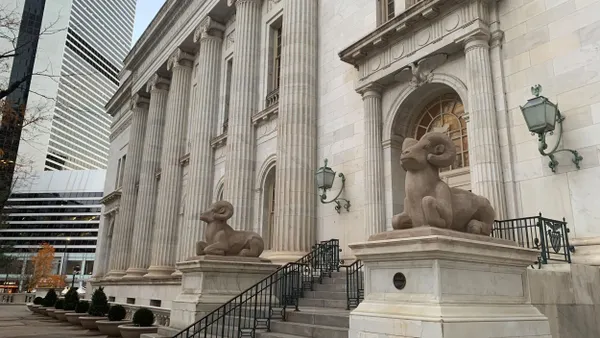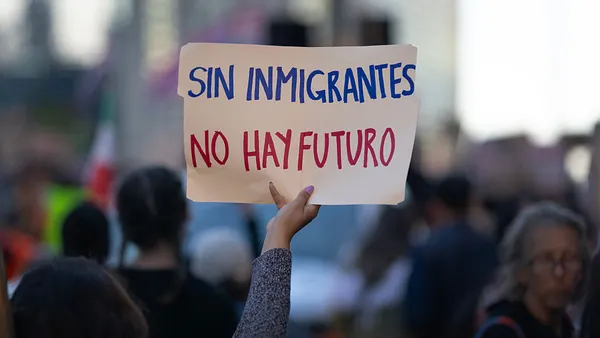The U.S. Equal Employment Opportunity Commission published a technical assistance document Wednesday laying out how anti-American bias — a form of national origin discrimination — can run afoul of Title VII of the Civil Rights Act of 1964.
“The EEOC is here to protect all workers from unlawful national origin discrimination — including American workers,” Chair Andrea Lucas said in a statement. “Unlawful bias against American workers, in violation of Title VII, is a large-scale problem in multiple industries nationwide.”
“Discrimination Against American Workers Is Against The Law,” which was also published in Spanish, builds on previous guidance from President Donald Trump’s White House and could hint at EEOC’s 2026 agenda.
What HR needs to know
The guidance informs workers that national origin bias can involve what EEOC calls discriminatory job postings, such as those that say “H-1B preferred” or “H-1B only,” harassment and retaliation.
National origin discrimination also can take the form of disparate treatment, such as “terminating American workers who are on the ‘bench’ between job assignments at a much higher rate than employees who are visa guest workers.” Disparate treatment also extends to hiring and compensation, workplace training, fringe benefits, and promotion or demotion, EEOC said.
The document also warns against using common business reasons to “justify national origin discrimination,” such as customer or client preference, lower cost of labor or “beliefs that workers from one or more national origin groups are ‘more productive’ or possess a better work ethic than another national origin group.”
“Nothing justifies illegal national origin discrimination — whether rooted in cost of labor, customer preferences, or stereotypes,” Lucas said in the EEOC statement.
Along with releasing the new Title VII guidance, EEOC updated its landing page on national origin discrimination. The goal, the agency said, is to educate employees and employers on “what unlawful national origin discrimination can look like in the workplace and how individuals can act if they believe their rights have been violated.”
How EEOC laid the groundwork for the guidance
Trump’s administration has sought to prioritize American citizens in the workforce. Shortly after the inauguration, when Trump named Lucas as acting chair of the EEOC, Lucas shared her belief that EEOC had been “silent in the face of multiple forms of widespread, overt discrimination.”
Along with rooting out “unlawful DEI-motivated race and sex discrimination” and defending the “binary reality of sex,” Lucas vowed to crack down on anti-American national origin discrimination, “consistent with the president’s executive orders and priorities.”
Lucas later doubled down, saying in a Feb. 19 statement, “Cracking down on this type of unlawful discrimination will shift employer incentives, decreasing demand for illegal alien workers and decreasing abuse of the United States’ legal immigration system.” EEOC also shared a list of lawsuits regarding national origin discrimination that it had settled over the past several years.
Trump’s White House has also cracked down on immigration in the employment space. This includes everything from workplace raids and I-9 audits by U.S. Immigration and Customs Enforcement to new H1-B visa rules designed to discourage employers from hiring immigrant talent.
On Sept. 19, Trump signed “Restriction on Entry of Certain Nonimmigrant Workers,” a proclamation that added a $100,000 charge to H1-B visa petitions. At the time, a statement from ICE said that the measure was meant to “to curb abuses and protect American workers.” Shortly after, the U.S. Department of Homeland Security proposed to bring back wage-based H-1B visa selection criteria.















